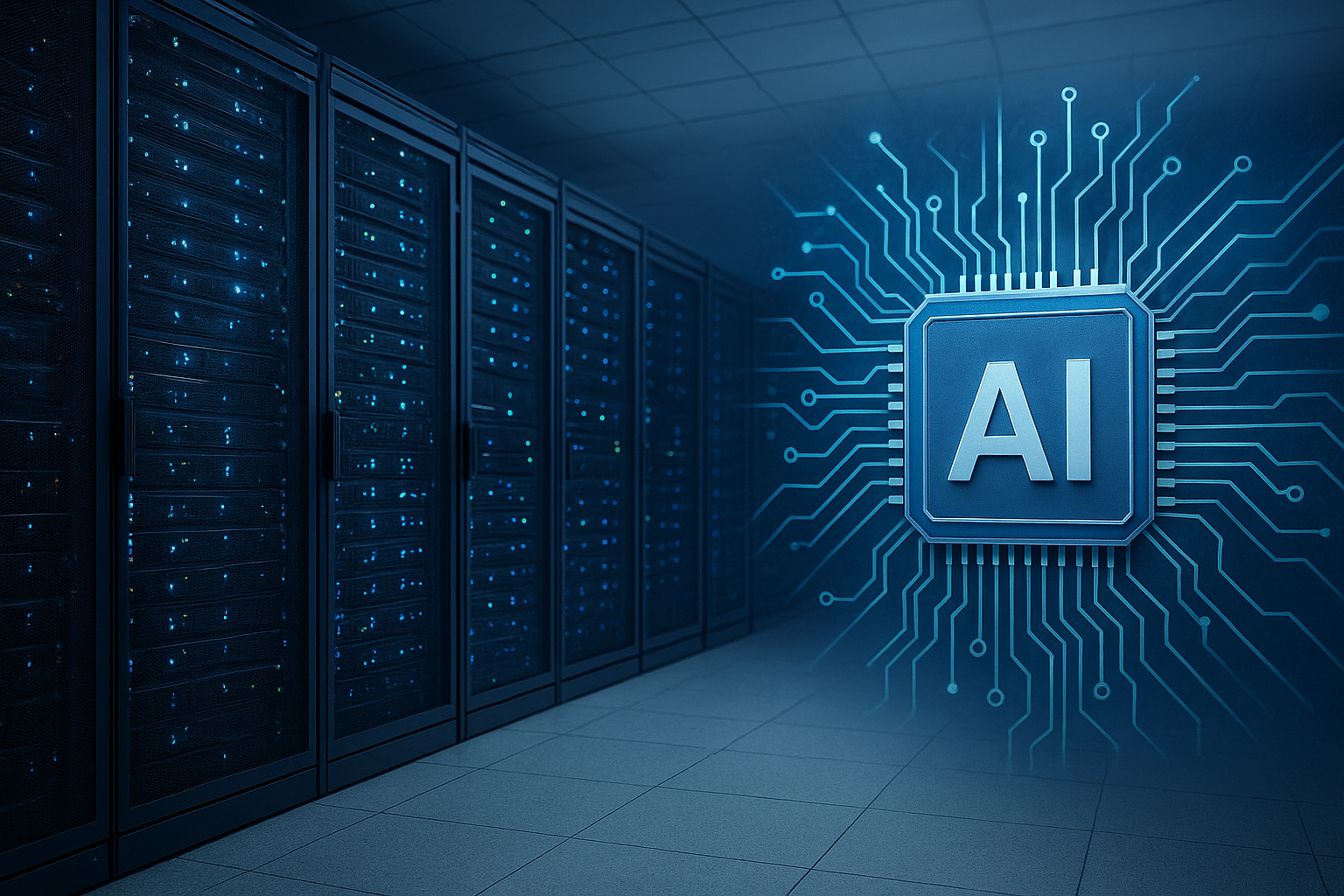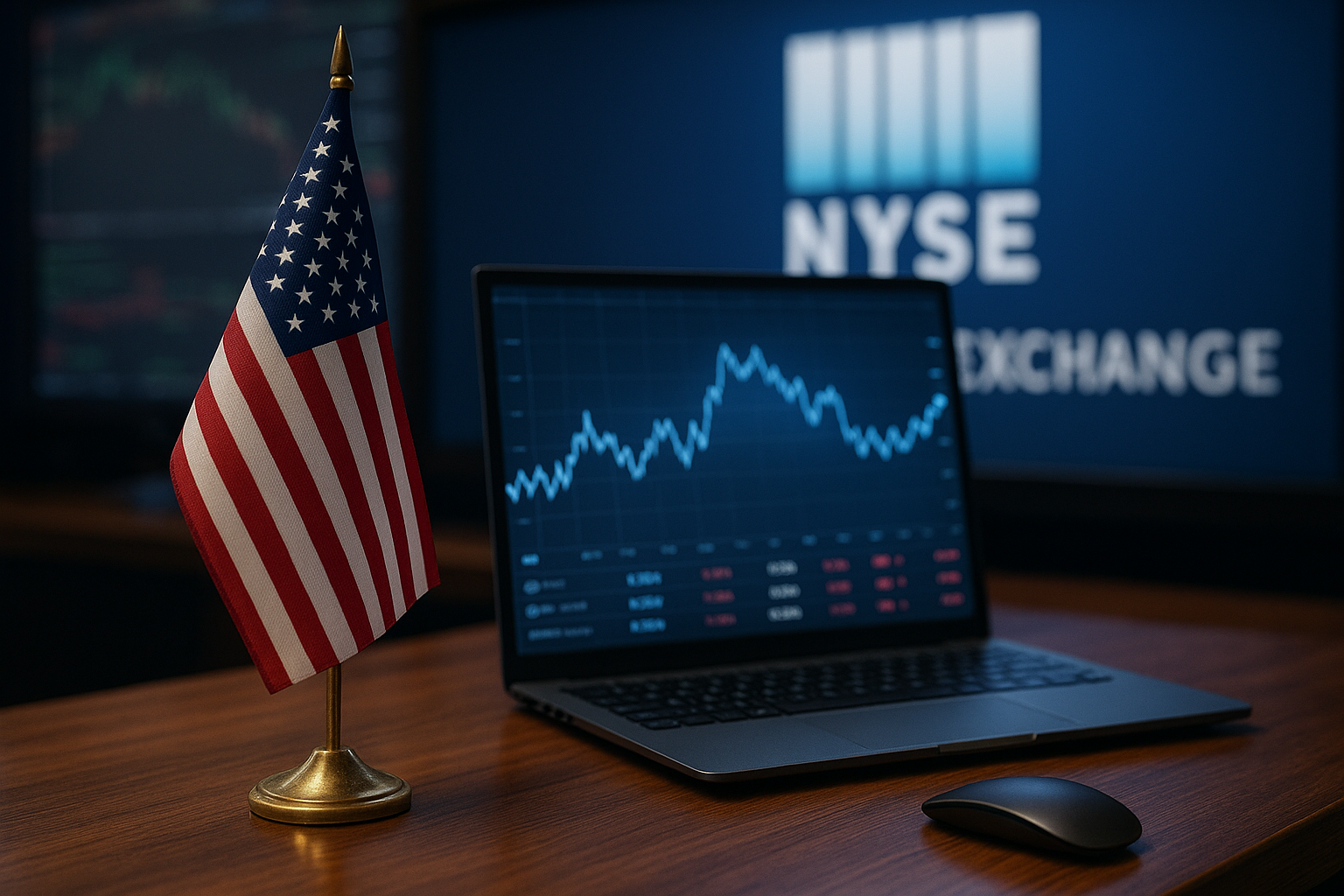The artificial intelligence (AI) boom is no longer just about algorithms, chips, or flashy AI models. It’s increasingly about the invisible backbone that makes all of it possible — data centers, power grids, fiber networks, and cooling systems. And now, investors have a new way to tap into that foundation.
Lunate Capital, a global investment manager, has just launched the AI Data, Power & Infrastructure UCITS ETF, designed to capture the companies fueling the physical expansion of the AI economy — from GPU clusters and data-center developers to semiconductor suppliers and energy grid operators. The move marks a strategic shift in how investors are positioning themselves for the next leg of the AI revolution.
According to ETF Express and TechAfrica News, the ETF aims to offer diversified exposure to the “picks-and-shovels” side of AI — the enablers rather than just the end products. As capital continues to pour into AI model developers like OpenAI and Anthropic, the demand for scalable, energy-hungry infrastructure is soaring.
The Real Winners Behind the AI Hype
AI adoption has accelerated faster than analysts predicted. A recent McKinsey report estimates that generative AI could add up to $4.4 trillion in annual economic value globally. But behind every model and chatbot lies an enormous infrastructure demand — one that’s straining global energy grids and reshaping data center architecture.
Bloomberg Intelligence projects global AI infrastructure spending will exceed $1 trillion by 2030, spanning power-intensive GPU clusters, next-gen cooling systems, and specialized networking equipment. Companies like Nvidia ($NVDA), Broadcom ($AVGO), Equinix ($EQIX), Digital Realty ($DLR), and NextEra Energy ($NEE) have become central to this ecosystem.
The Lunate ETF, by focusing on the physical layer, aligns with a broader investor realization: the infrastructure buildout may be the most sustainable — and scalable — way to profit from AI’s exponential growth.
Why This Matters for Investors
The “AI trade” has matured. Early investors chased algorithmic and software plays; now, attention is shifting toward the plumbing of AI — the hardware, real estate, and power behind the scenes.
Recent market rotations have underscored this pivot. While AI software firms have faced valuation fatigue, infrastructure names have shown resilience. For example, data center REITs outperformed broader tech indices through much of 2025, and utility stocks with clean-energy exposure have surged on rising power demand from AI workloads.
“AI’s next decade will be defined by physical constraints — compute capacity, power, and cooling,” said a Goldman Sachs research note last month. “The bottlenecks aren’t in models anymore; they’re in megawatts.”
For investors, that means opportunity lies in infrastructure scalability — companies capable of providing reliable, efficient energy and connectivity at scale. This includes cloud hyperscalers, semiconductor foundries, renewable energy producers, and industrials supporting AI data centers.
Future Trends to Watch
1. Power and Energy Demand Surge
AI’s massive compute requirements are driving unprecedented electricity demand. The International Energy Agency predicts that data centers could consume over 4% of global electricity by 2026 — up from about 2% in 2022. Utilities with renewable capacity, especially those with AI-focused grid contracts, may see robust growth.
2. Regional Data Center Expansion
Southeast Asia, the Middle East, and parts of Europe are emerging as major AI infrastructure hubs. Governments are incentivizing cloud and AI investments, creating openings for industrial REITs and energy developers.
3. Rising Costs and Valuation Pressure
The flip side is capital intensity. Building data centers and upgrading grids is expensive. As ETF Express noted, valuations for infrastructure-linked equities are already rich, suggesting near-term volatility despite long-term promise.
4. Thematic ETF Growth
Thematic funds like Lunate’s are becoming an increasingly popular vehicle for investors seeking curated exposure without stock-picking risk. Morningstar data shows AI-themed ETFs have attracted over $15 billion in new inflows in 2025 alone.
Key Investment Insight
The Lunate AI Data, Power & Infrastructure ETF represents a structural, rather than cyclical, play on AI. While the broader AI trade remains crowded, infrastructure exposure offers diversification — tapping the physical enablers of the digital economy.
Investors seeking long-term positioning should:
- Diversify across the AI value chain — from chipmakers and data-center REITs to renewable energy providers.
- Monitor power policy shifts — as governments push for greener, AI-ready grids.
- Be valuation-conscious — high demand can mask overheating in segments like GPU manufacturing or REITs.
AI infrastructure is not just a supporting act; it’s becoming the main stage. The companies building the digital foundations of intelligence may end up being the quiet compounders of the decade.
As AI’s evolution increasingly hinges on physical scale — not just digital breakthroughs — investors who look beyond the obvious software names may find the next generation of market leaders hiding in plain sight.
Stay tuned with MoneyNews.Today for daily insights into the sectors, companies, and trends shaping the next phase of the AI-driven economy.





